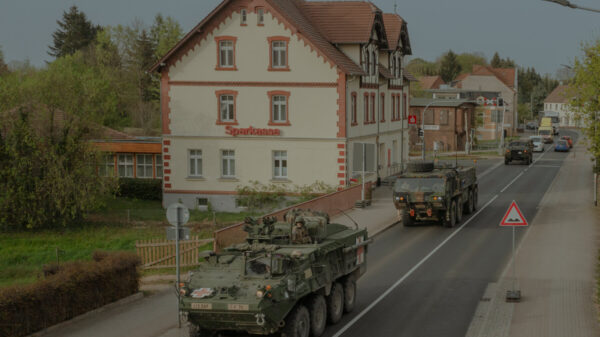UPDATE: New insights confirm the essential reason behind the giant “H” marking on helipads: safety and identification. The letter H is crucial for pilots, helping them easily identify landing zones from a distance, especially in emergency situations. This urgent clarification comes as authorities emphasize the importance of these markings in maintaining aviation safety standards.
Helipads, designed exclusively for helicopters, feature the prominent H to distinguish them from areas designated for fixed-wing aircraft. According to the Federal Aviation Administration (FAA), the H must be centrally located within the touchdown and liftoff area (TLOF) to ensure precise landings. Pilots rely on this clear marking to navigate their approach safely, particularly in challenging conditions.
Officials note that any obstructions near a helipad can pose significant risks, making the visibility of the H even more critical. The FAA has issued guidelines indicating that this identification should be universally recognizable to prevent catastrophic errors during landings. In the face of increased helicopter usage for rescue missions and other vital operations, understanding helipad markings is more important than ever.
Moreover, the H is not solely for identification; it can also indicate weight limits. For example, a number displayed alongside the H signifies the maximum weight the helipad can support. A label stating “12” indicates a weight limit of 12,000 pounds. This information is prominently displayed in a designated area within the helipad to ensure pilots can read it easily, enhancing flight safety.
The urgency surrounding helipad safety has historical roots. The Korean War marked the first military use of helicopters for medical evacuations, introducing the concept of helipads to facilitate rapid response. Since then, helicopters have evolved to tackle diverse terrains and weather conditions, leading to variations in helipad designs.
In June 2013, emergency responders in India’s Junglechetti region constructed temporary helipads to aid rescue operations during devastating landslides and flooding. This demonstrates the flexibility of helicopter operations and the critical role that clearly marked landing zones play in times of crisis.
Heliports, which serve as service stations for helicopters, also adhere to specific design requirements tailored to their operational needs. During the Vietnam War, the largest heliport ever constructed was in An Khe, accommodating up to 435 helicopters simultaneously. Such infrastructures highlight the importance of efficient helicopter operations in military and humanitarian missions.
As helicopter travel continues to grow, the significance of proper helipad markings cannot be overstated. These visual cues are not just regulatory requirements; they are life-saving measures that ensure safe landings and takeoffs. In an era where every second counts, understanding the purpose of the giant H on helipads is essential for pilots, crew, and the communities they serve.
Stay tuned for further developments on helicopter safety practices and helipad regulations as authorities strive to enhance aviation safety for all.








































































